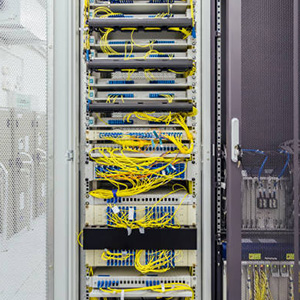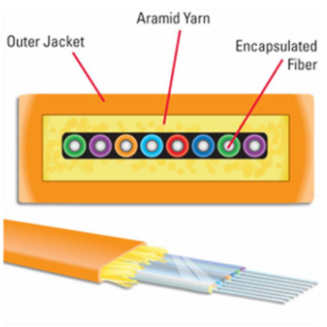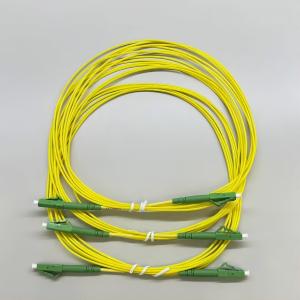Fiber Optic Pigtails, also known as pigtailed fibers, consist of an optical fiber connector and a section of optical cable. Characterized by having an optical fiber connector on one end and a bare fiber end on the other, they are primarily used to connect optical transceivers or other optical devices. This article will provide a detailed introduction to the classification, characteristics, application scenarios, and usage precautions of Fiber Optic Pigtails.

Introduction to Fiber Optic Pigtails
Fiber Optic Pigtails, or bare fibers, feature an optical fiber connector on one end and a bare fiber end on the other. The end with the connector is used for connecting devices, while the bare fiber end is spliced with other fiber ends to achieve minimal insertion loss. Fiber Optic Pigtails are structurally similar to patch cords, and can be considered as two pigtails when a patch cord is cut in the middle. Pigtails come with various connector types and have a standard diameter of 0.9mm, often installed within Optical Distribution Frames (ODFs).
Classification of Fiber Optic Pigtails
Fiber Optic Pigtails are mainly categorized into single-core, dual-core, 4-core bundled pigtails, 12-core bundled Fiber Optic Pigtails, 12-color bundled pigtails, SC bundled Fiber Optic Pigtails, FC bundled pigtails, LC bundled pigtails, and ST bundled pigtails. ETU-LINK offers a wide range of pigtails to choose from, based on fiber mode (multimode OM1, OM2, OM3, and single-mode OS2), fiber count (single, dual, multiple), and connector polish types (PC, UPC, APC). Pigtails are covered with an outer sheath that protects the tight-buffered cable from damage. When space allows, the outer sheath can be stripped, enabling the pigtail to have a smaller bending radius and occupy less space.
Product Characteristics of Fiber Optic Pigtails
- Insertion loss ≤ 0.2dB
- Return loss: PC/UPC > 35dB, APC > 60dB
- Operating temperature range: -40~+55℃
- Diameter specifications: 0.9mm, 2.0mm, 3.0mm
Fiber Optic Pigtails are divided into single-mode and multimode types, which can be distinguished by color, wavelength, and transmission distance. Multimode Fiber Optic Pigtails have orange (OM1/OM2) or aquamarine (OM3) outer sheaths, with a wavelength of 850nm and a transmission distance of 500m, suitable for short-distance connections. Single-mode pigtails have yellow outer sheaths, with wavelengths of 1310nm or 1550nm, and transmission distances of up to 10km or 40km.
Applications of Fiber Optic Pigtails
- Optical fiber communication systems
- Optical fiber access networks
- Optical fiber data transmission equipment
- Optical fiber CATV
- Local Area Networks (LANs)
- Test equipment
- Optical fiber sensors
- Serial port servers
Precautions for Using Fiber Optic Pigtails
- Avoid looping Fiber Optic Pigtails during use to reduce signal attenuation during transmission.
- Optical modules must match the Fiber Optic Pigtails; short-wavelength modules should connect to multimode pigtails, and long-wavelength modules should connect to single-mode patch cords to ensure accurate data transmission.
- Keep the Fiber Optic Pigtails connectors clean and protect them with protective covers after use to prevent oil, dust, and mechanical damage.
- Before use, wipe the ceramic ferrule and ferrule end face of theFiber Optic Pigtails with degreased cotton dipped in alcohol.
- Replace any damaged Fiber Optic Pigtails immediately if they are damaged due to human error or other factors.
Fiber Optic Pigtails are favored for their low insertion loss, high return loss, good interchangeability, and repeatability, making them very convenient to use. In general, multimode pigtails are suitable for short-distance connections, while single-mode pigtails are suitable for long-distance connections.










